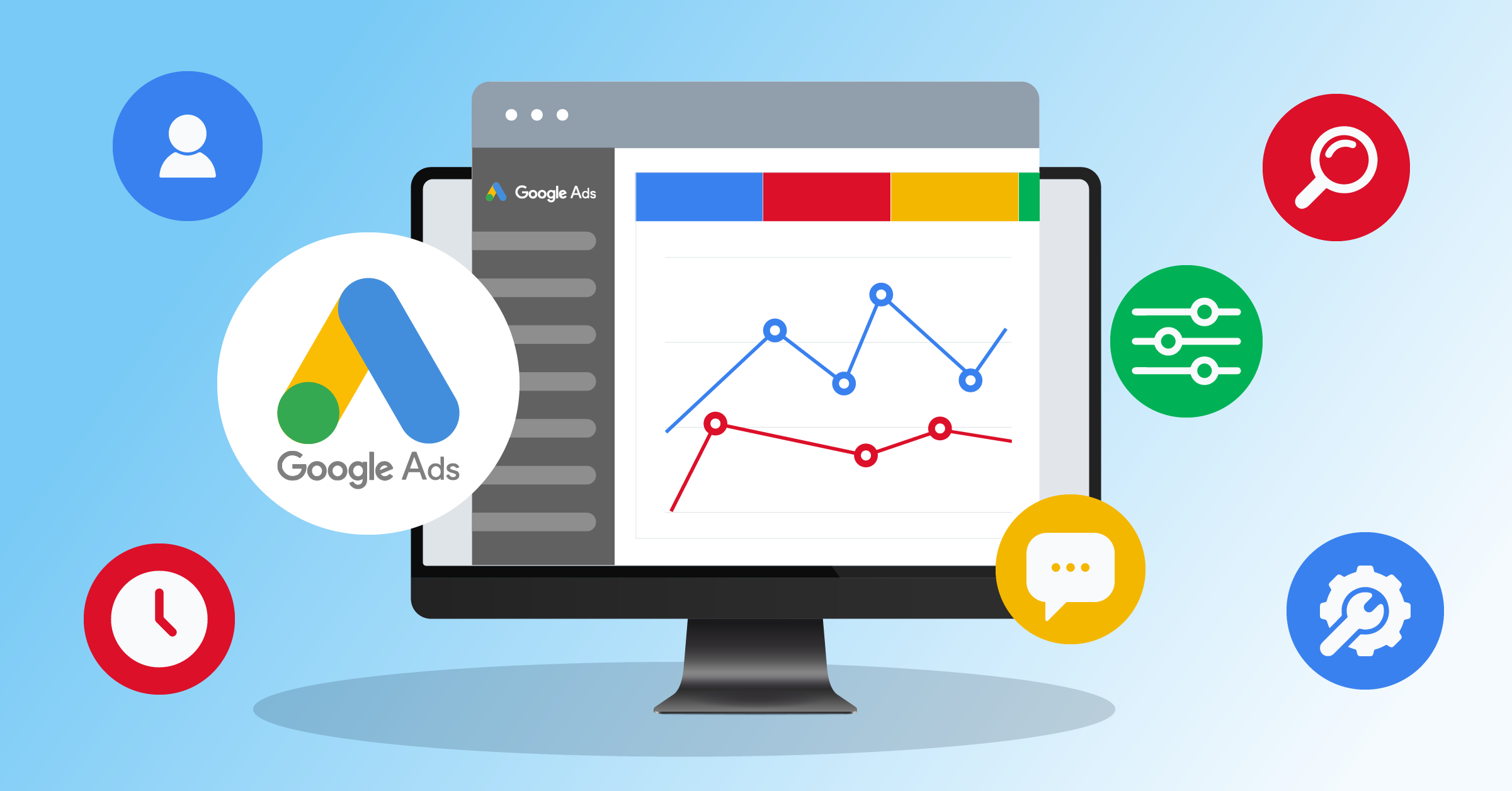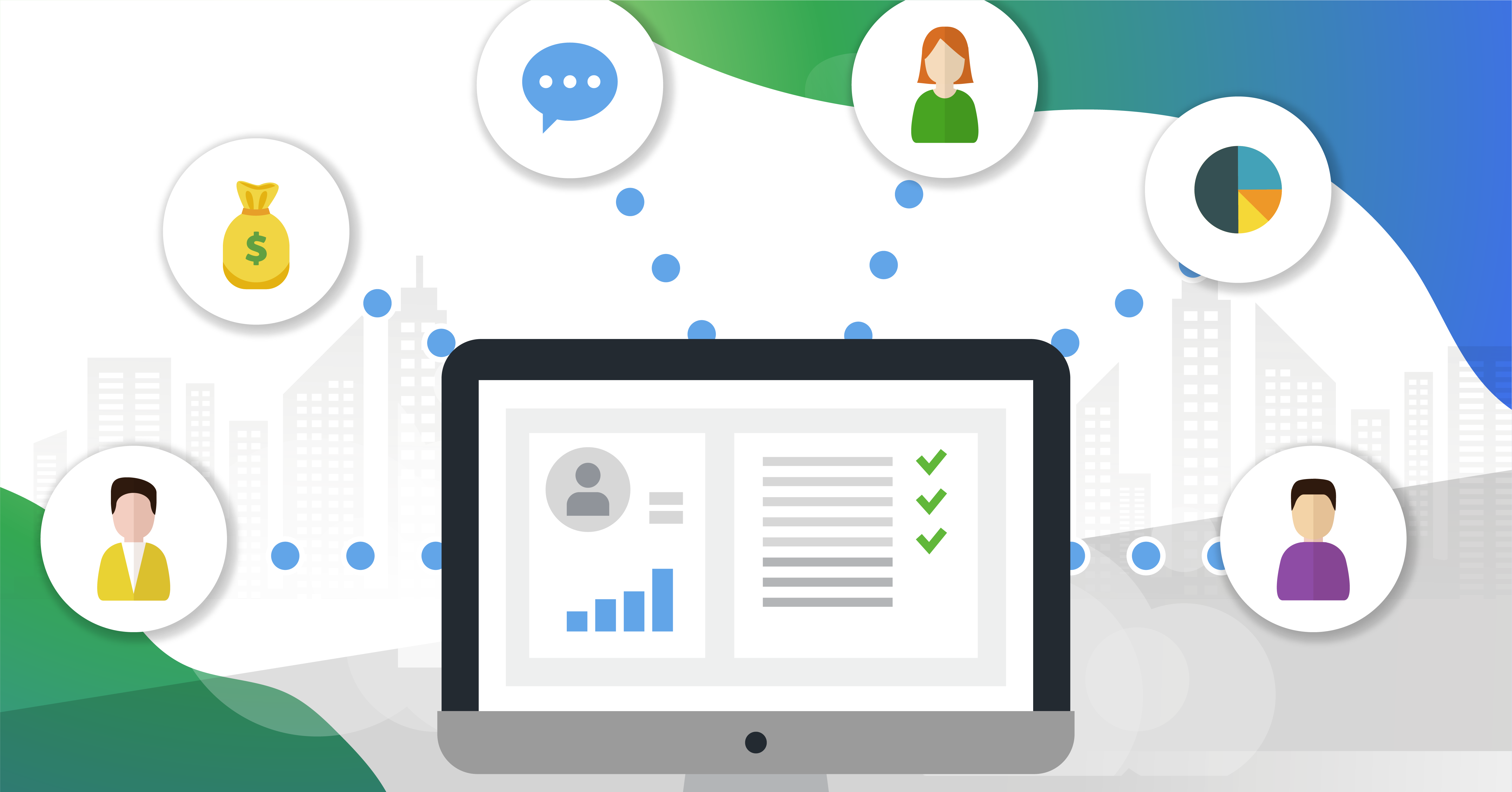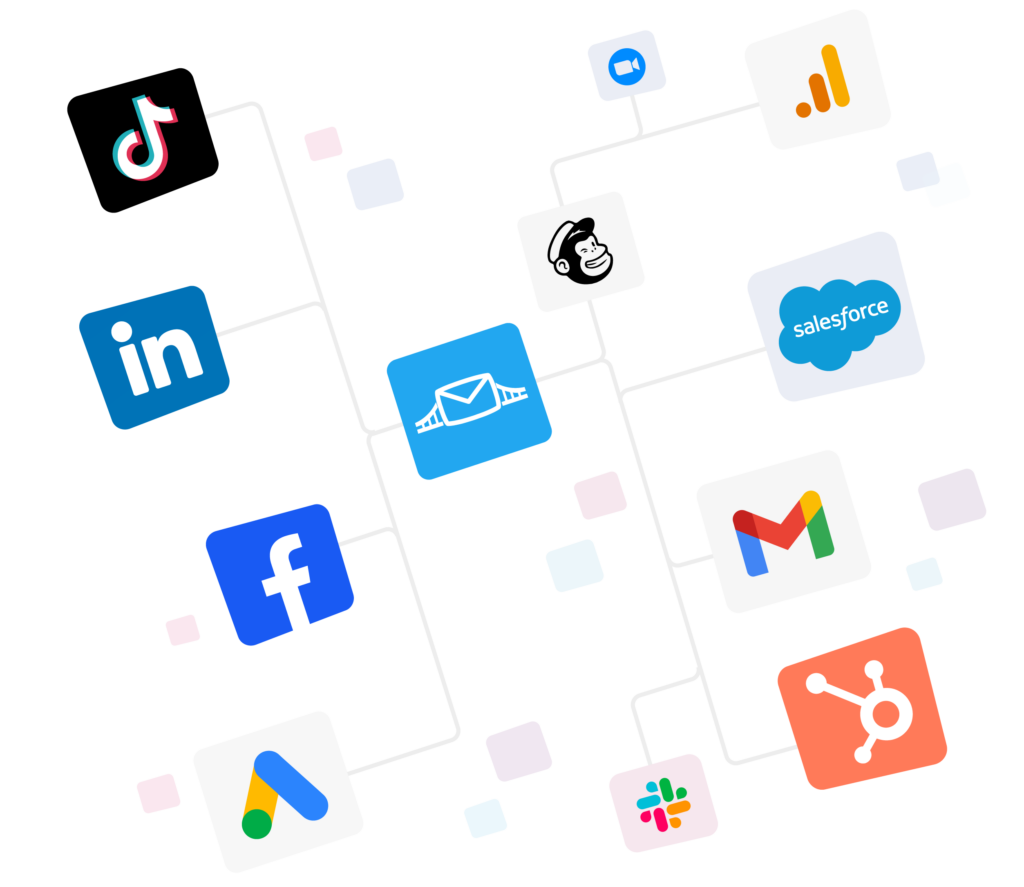
Snapchat continues to grow, which means your ad dollars can still reach a wide audience on this platform.
But how much can advertising on Snapchat actually cost?
You can start with as little as $5 per day. However, real learning tends to kick in closer to $20 to $50 per day.
Of course, these costs then scale.
And you should be able to do that based on your goal, bidding, targeting, and creative.
In this article, we’ll talk about everything that goes into Snapchat costs and how you can manage your budget best using strategies and tools like automated data bridges:
What Snapchat ads are and how they charge you
Like other major platforms, Snapchat ads run in an auction. Its ad formats are also built for short attention spans, including:
- Single-image or video ads
- Story ads
- Collection ads
- Commercials
- AR Lens placements
Pricing uses goal-based bidding: you tell Snapchat the outcome you want. It could be impressions, clicks, video views, app installs, or purchases.
The system optimizes toward that outcome using CPM (cost per 1,000 impressions). This keeps your spending tied to the results you get.
If your brand is just getting started and you need predictable delivery, you can also buy Reach & Frequency upfront.
So…how much do Snapchat ads cost?
Here are the things you should consider:
- Minimum budget
Compared to other platforms, $5 a day to start is not that much. However, Snapchat recommends a budget between $20 to $50 per day if you want to exit the early “exploration” phase faster.
That range gives the algorithm enough signal to optimize.
- Current benchmarks
Industry trackers show CPM often in the high single digits, with cost-per-click around a dollar in recent months. For example, Gupta Media’s tracker reported
- $8.39 CPM and $0.90 per link click in mid-2025
- $9.63 CPM and $1.02 per link click. In late 2024.
- Seasonality of markets
Ad costs typically increase around the last quarter of the year, as more advertisers enter the market, and then ease back soon after.
That’s why there’s often a CPM increase during peak weeks, so plan budgets and testing windows accordingly.
Of course, these numbers vary for every business. Use these figures to sketch your first-month forecast, then let your own data take over after week two.
What actually drives the cost for Snapchat ads?
Every cent you spend moves because of a handful of levers. Keep those under control, and you control cost.
- Optimizing for purchases or app installs generally costs more per result than optimizing for link clicks or views. Use goal-based bidding that matches your KPI, not what “seems cheaper.”
- Smaller but high-intent audiences cost more per impression, while broad and well-defined lookalikes typically bid lower and scale more effectively.
- Higher engagement rates lower your effective CPM by improving auction performance. That’s how your weak hooks are making you pay “auction tax.”
- A well-installed Snap Pixel and Conversions API feed richer events back to Snapchat and help the algorithm find the right people at the right price.
- Watch for holidays and big tentpole moments, which can drive up costs. So, off-peak weeks are your chance to buy at a lower price.
How to control your costs for Snapchat ads
Start with a daily amount that funds at least 50–100 optimized events per week for your goal.
That’s basically what you need for stable performance in auction systems.
If you can’t afford that on a purchase goal, step up the funnel to “Add to Cart” or “Leads.”
Once you have stabilized costs, retarget purchasers once data accumulates.
You can also use Snapchat’s Ad Set Estimates to check your expected reach and results before you launch.

How to reduce Snapchat ads cost without killing performance
Before asking a question like ‘How much does it cost to run ads on Snapchat?’ you need to understand how Snapchat ads work and how to reduce their cost.
Here are some questions to ask instead (and perfect your Snapchat ads cost strategy):
- Is your objective-to-creative fit solid?
If your goal is leads, open with a benefit-first line, use vertical video, and keep it under six seconds before the CTA. If your creative ends up in an interaction, you can expect cheaper exits.
- Are you running test sprints?
Run split tests with one clear variable (hook, offer, or audience). These tests show what’s significant. And if you continue to use what drives performance in your ad, you can keep lowering the cost per goal.
Snapchat explains how split testing works and how you can use it.

- Are you feeding the algorithm better data?
Install Snap Pixel end-to-end and match it with CAPI so conversions still flow when browsers block client-side events.
The better your event match rates, the more effective your optimization, and usually the lower the CPA.
The platform also gives you the option to run automated matching during pixel setup:

- Do you address lead latency and decay?
If you run Snapchat lead generation ads, don’t export CSVs and follow up hours later. Sync leads to your CRM or marketing automation in real time, so sales or nurture flows trigger instantly. It’s proven that faster follow-up increases conversion rate at the same media cost, which cuts your effective CPA (cost per acquisition).
- Do you continuously refresh first-party audiences? And do you build new ones?
How do you download your Snapchat lead data?
Syncing your customers and high-intent lead data back to Snapchat allows you to create evergreen custom audiences for retargeting and lookalikes.
But doing so manually isn’t useful. When your seed data is automatically updated, you can win more auctions for less.
- How do you allocate ‘time’ to your campaigns?
Focus more on the ads you can run outside the fourth quarter’s price increases. And if your campaigns are time-sensitive and need to go out in Q4, keep back some budget for weeks when ads are cheaper.
Then, use Reach & Frequency, but only when you need guaranteed reach at a set price.
- Are your bid amounts realistic?
Start with auto-bidding to grab low-cost results. Once your cost per result is steady, add a target cost to keep prices in line. Pushing manual bids too high can slow delivery and make your ads more expensive.
How automation helps build better ads that lower total costs
Ad optimization on Snapchat and bidding cost is only half the story. The other half is data flow. It’s even more important because your lead data is valid beyond the platform itself. For instance, for running omnichannel marketing campaigns.
LeadsBridge helps you automate your lead management by:
- Instantly routing your Snapchat Lead Gen submissions to your CRM, email tool, or sales stack, with field mapping and dedupe. That cuts follow-up delays and improves your conversion rates without affecting bids.
- Building up-to-date audiences from your CRM and pushing them to Snapchat for retargeting and lookalikes. Better seeds often mean cheaper CPMs and stronger CPAs.
- Sending actual sales back to ad platforms so the algorithm optimizes toward revenue. That’s how you know how to move your budget to what really converts.
Final words
Snapchat’s audience is relatively affordable compared to legacy platforms like Facebook. Nevertheless, Snapchat ads cost increases with competition and signal quality.
Brands that set up proper user journey tracking, keep their creative interesting, and sync audiences and conversions back to Snap usually win cheaper results than brands that just “boost and hope.”
If you want to follow suit, your next step is to connect your lead flow and measurement so every dollar pulls its weight.


















